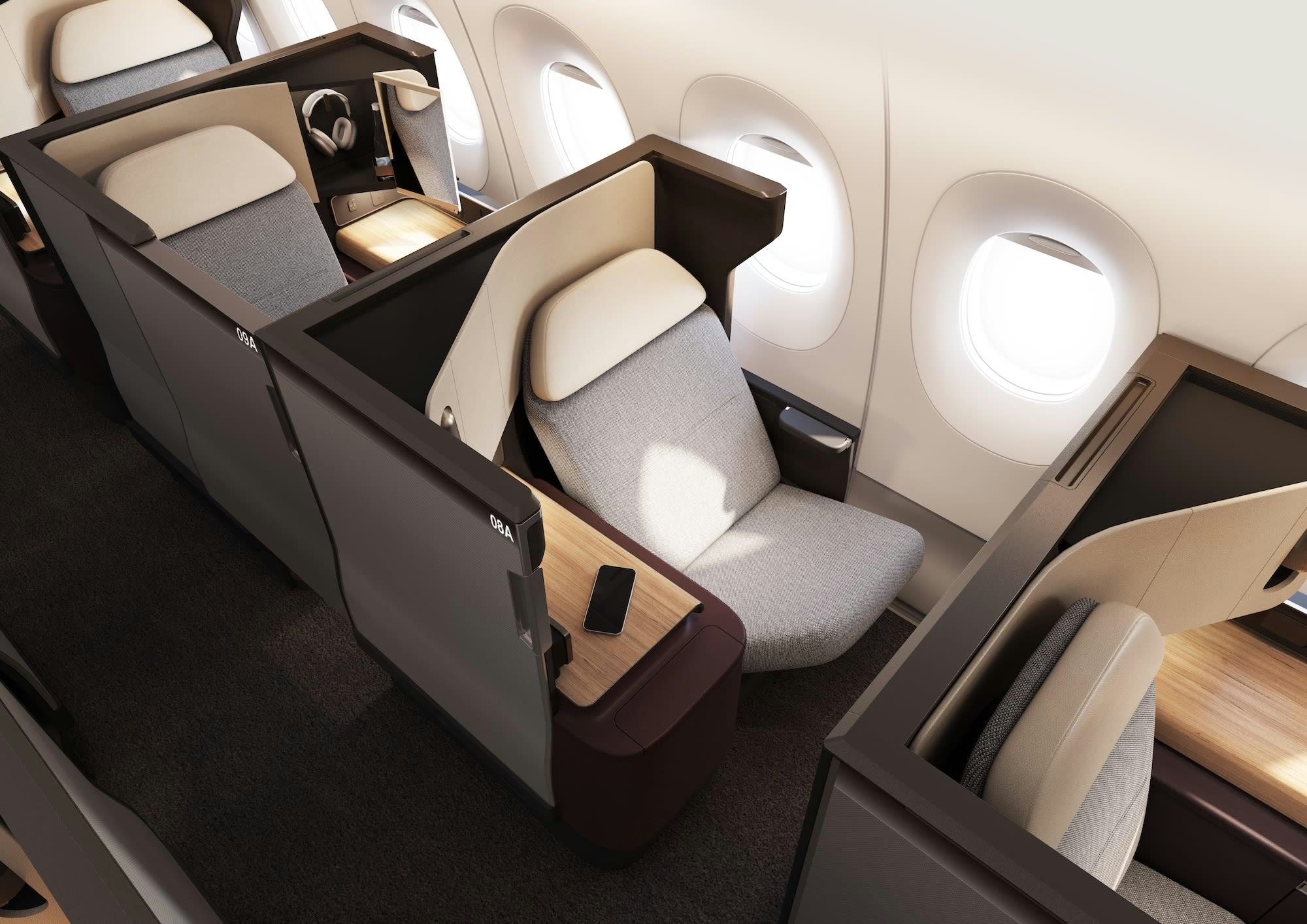
AeroGenie — Seu copiloto inteligente.
Tendências
Categories
Embraer Adds Starlink as Aftermarket Option for Praetor Jets
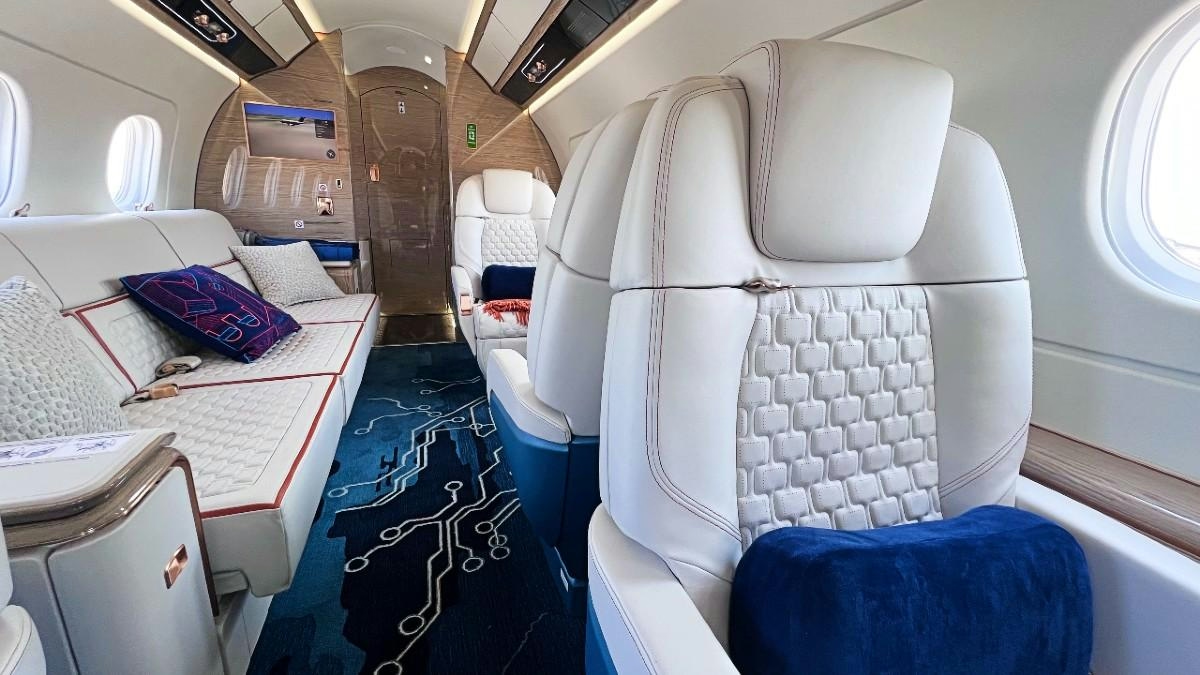
Embraer Integrates Starlink as Aftermarket Connectivity Option for Praetor Jets
Embraer has announced the introduction of Starlink satellite internet as an aftermarket connectivity solution for its Praetor 600, Praetor 500, Legacy 500, and Legacy 450 business jets. This upgrade will be made available through a Supplemental Type Certificate (STC) developed in collaboration with Nextant Aerospace, the engineering division of Flexjet.
Certification and Deployment Timeline
The Federal Aviation Administration (FAA) has already approved the installation of Starlink for the Praetor 500 and Legacy 450 fleets. Certification for the Praetor 600 and Legacy 500 models is anticipated by the third quarter of 2025. Subsequent regulatory approvals are expected from Brazil’s National Civil Aviation Agency (ANAC) in the fourth quarter of 2025 and from the European Union Aviation Safety Agency (EASA) in early 2026.
Starlink, operated by SpaceX, provides high-speed, low-latency internet connectivity through a constellation of Low Earth Orbit (LEO) satellites. This technology enables reliable internet access even in remote regions and over oceans, with latency below 99 milliseconds. Such performance supports bandwidth-intensive applications including 4K video conferencing, online gaming, virtual private network (VPN) access, and other real-time activities for passengers onboard.
Industry Perspectives and Strategic Partnerships
Marsha Woelber, Vice President of Customer Support and Aftermarket Sales for Embraer Executive Jets, emphasized the significance of this development, stating, “We’re excited to bring Starlink’s cutting-edge, high-speed internet to our customers. This builds on our ongoing efforts, strengthening our commitment to seamless, connected flight experiences around the world.”
Jay Heublein, president of Flexjet’s Technical Services division, highlighted Starlink’s established presence in business aviation, noting, “With more than a year of operational experience and hundreds of kits sold to the business aviation fleet, Starlink has firmly established itself as the preeminent solution for in-flight connectivity. The Praetor is one of the most technologically advanced business jets in its category, and the addition of Starlink ensures that passengers will have a seamless connectivity experience.”
Flexjet, the largest operator of Praetor jets globally, plans to equip its entire Praetor fleet with Starlink. Both Embraer and Flexjet are also collaborating on a Starlink STC for the Phenom 300 jets, targeting availability in the fourth quarter of 2025.
Market Implications and Technical Challenges
The integration of Starlink comes amid growing demand for advanced in-flight connectivity among business travelers. Industry analysts predict that this enhancement will increase interest in Embraer’s jets, potentially prompting competitors such as Gulfstream and Bombardier to accelerate improvements to their own connectivity offerings. However, the integration process presents technical challenges, as Embraer must ensure that the Starlink system does not adversely affect aircraft performance or reliability. Additionally, concerns regarding the security of Starlink technology—highlighted by recent research from China—may invite further regulatory scrutiny and influence customer perceptions.
Expansion of Embraer’s Service Network in Latin America
In a related development, Embraer has expanded its Authorized Service Center Network in Latin America by partnering with Aerocardal, based at Arturo Merino Benítez International Airport in Santiago, Chile. Aerocardal, which has been active in executive aviation since 1991, will provide line maintenance, unscheduled maintenance, Aircraft on Ground (AOG) support, and drop-in services for both local and international clients. Frank Stevens, Vice President of MRO Services at Embraer Services & Support, remarked, “We are pleased to now partner with Aerocardal in Chile. They are based in a strategic hub and have provided excellent service to their customers over the last decades.”
Embraer currently operates nine owned service centers dedicated to executive aviation and continues to expand its global maintenance, repair, and overhaul (MRO) footprint.
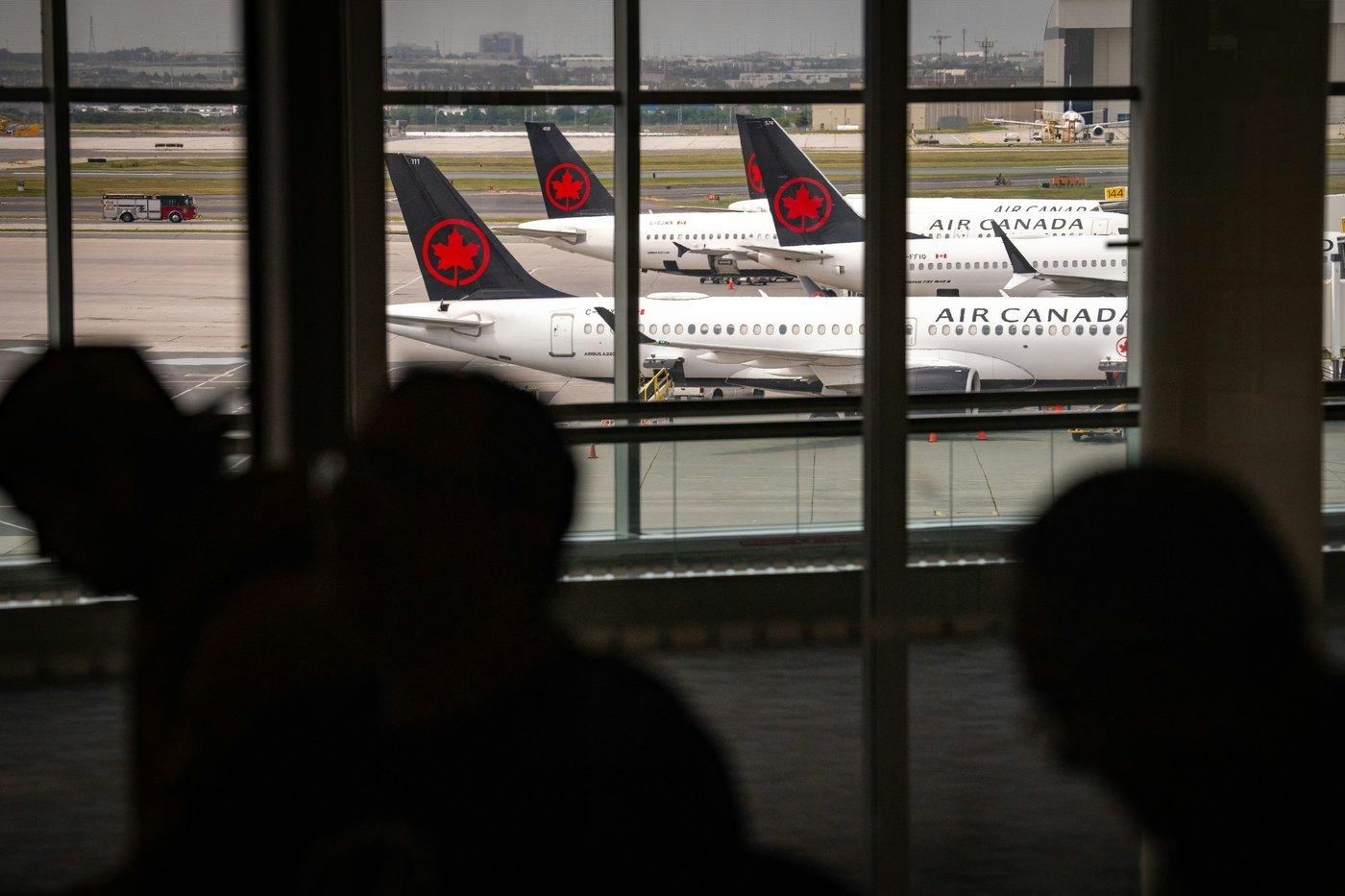
Air Canada Fleet Outlook for 2025
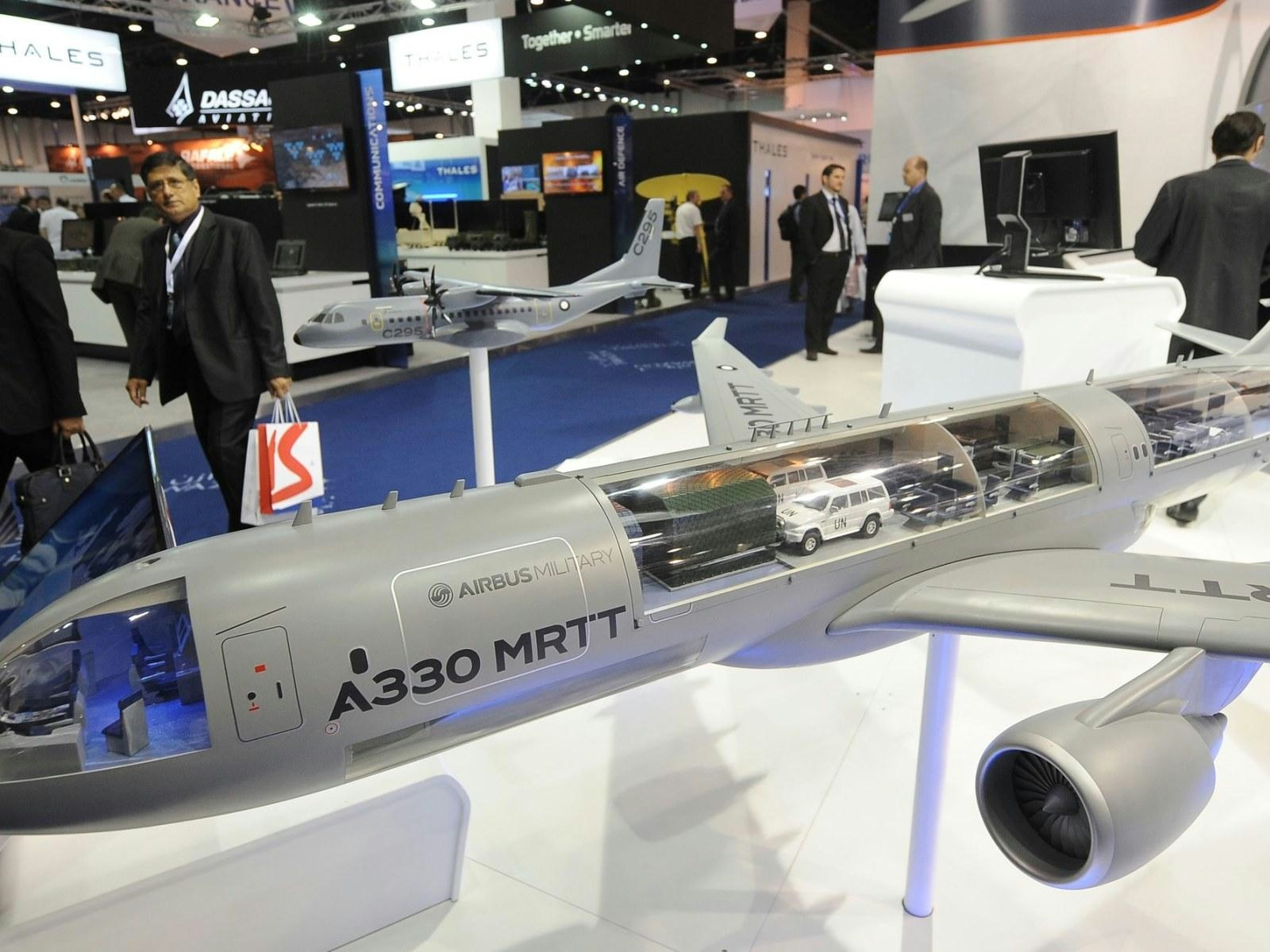
The Airbus A330 MRTT: From Passenger Jet to Military Tanker
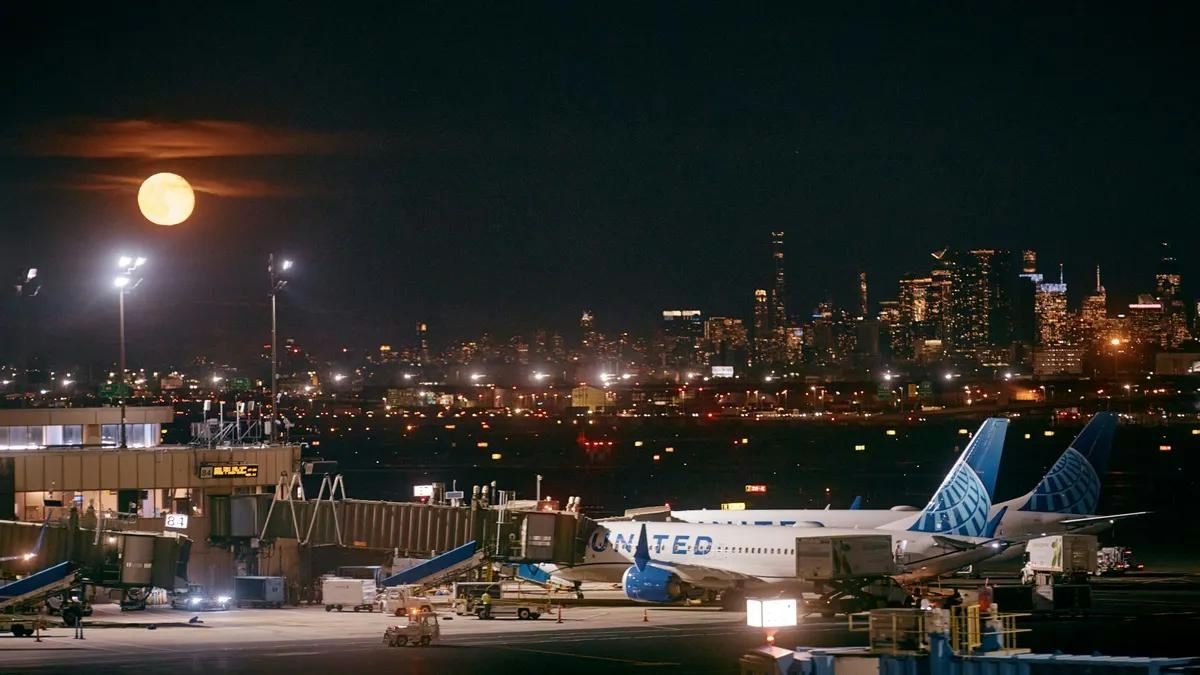
How Air Traffic Reductions Could Affect Holiday Deliveries
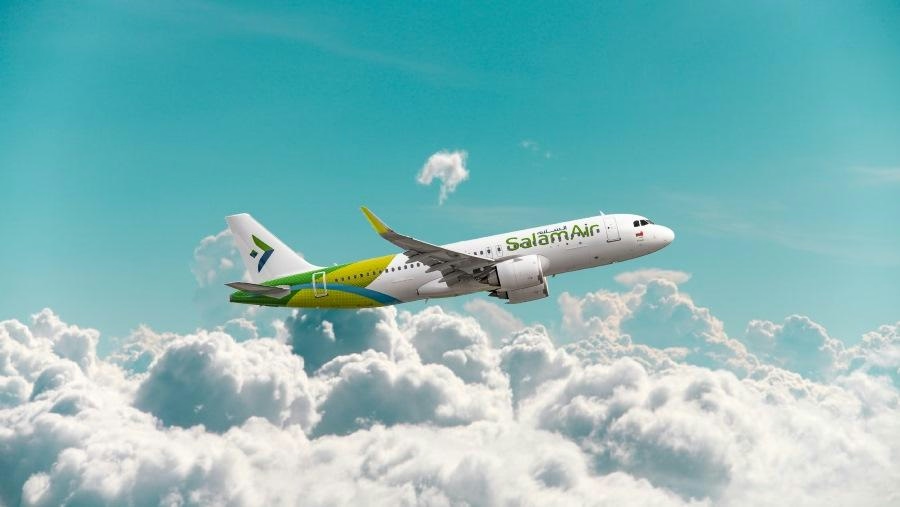
SalamAir Adds Airbus A320ceo to Fleet Through Lease Agreement with CALG

Why the Boeing 737 Remained the Best-Selling Narrowbody Aircraft for Decades

Airlines Use AI to Improve Flight Safety Amid Increasing Turbulence Over North Atlantic, Europe, and Middle East
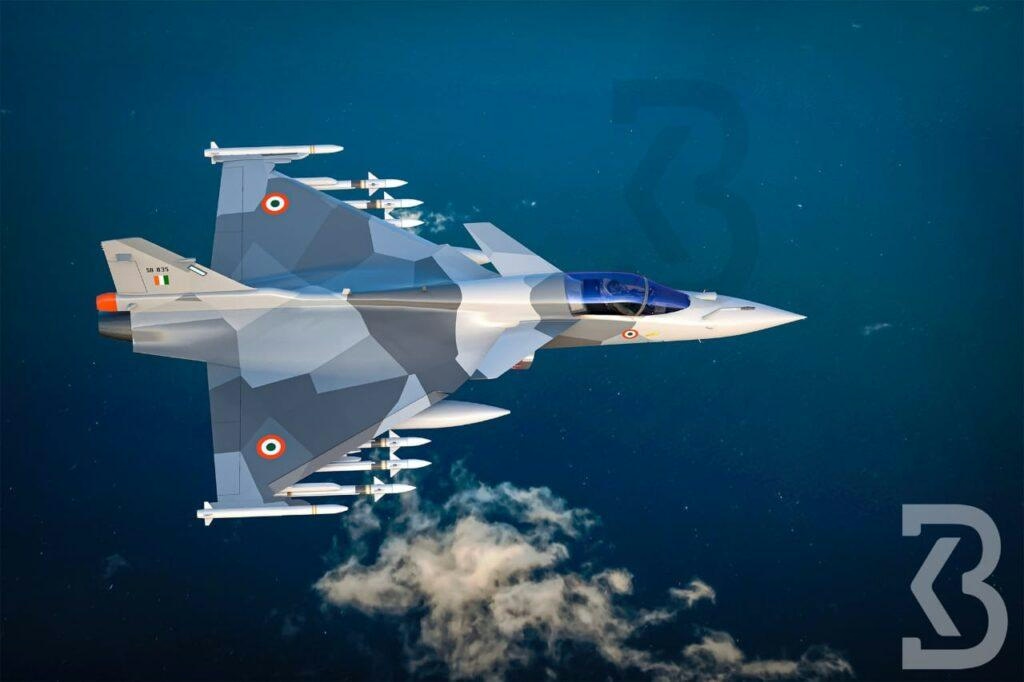
India Signs $1 Billion Deal with Leading Jet Engine Manufacturer
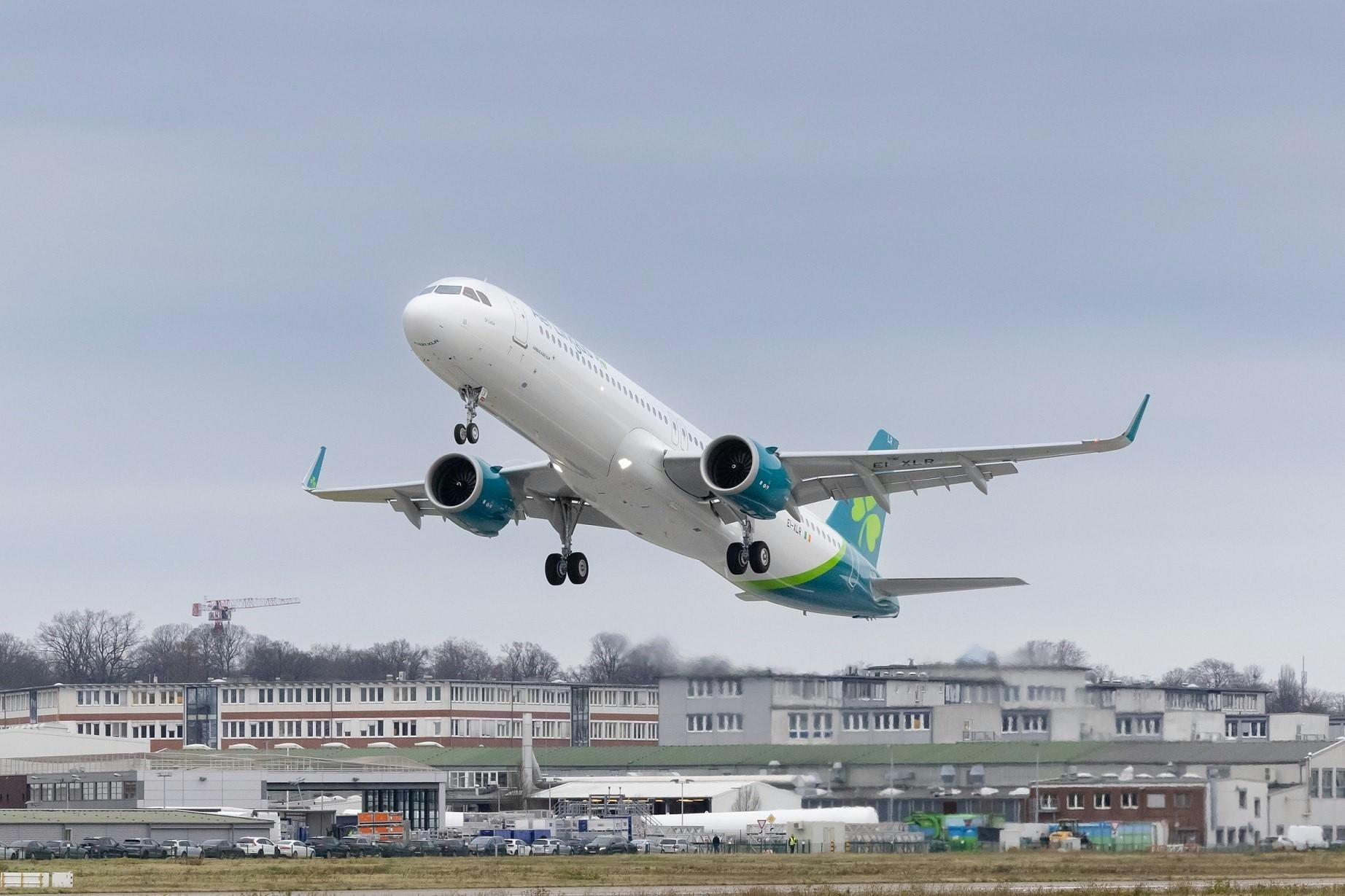
Turning Rock Partners and AerFin Complete Asset-Backed Deal for Three Airbus A320neo Airframes
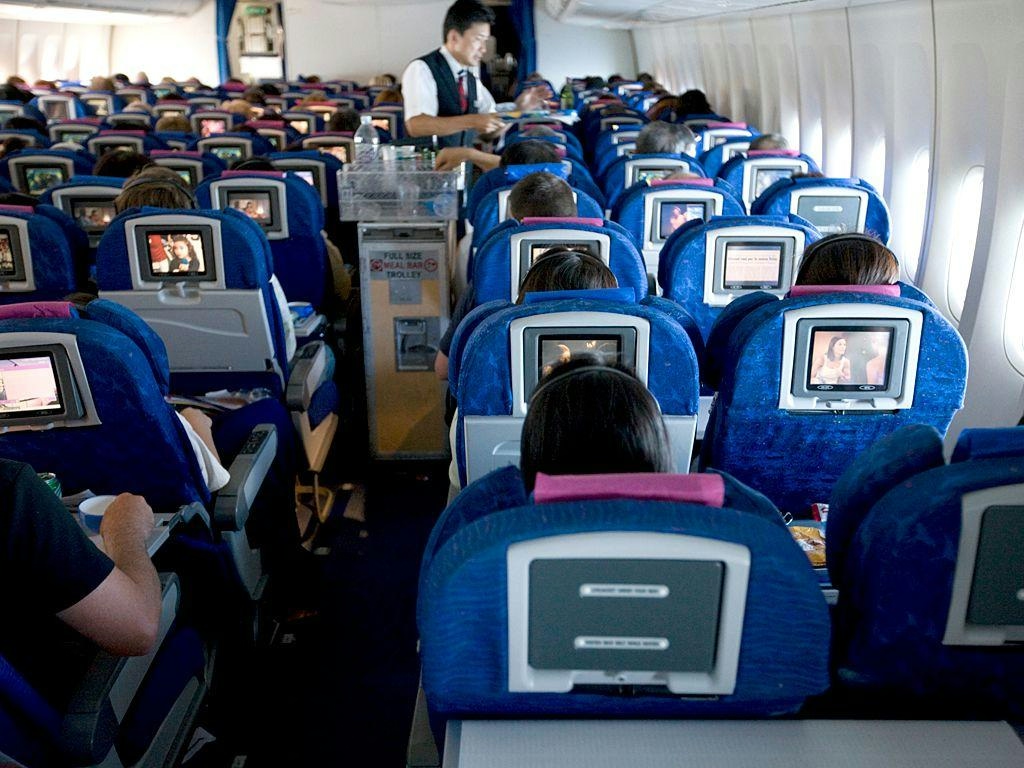
IndiGo Enhances In-Flight Entertainment with Bluebox Technology
